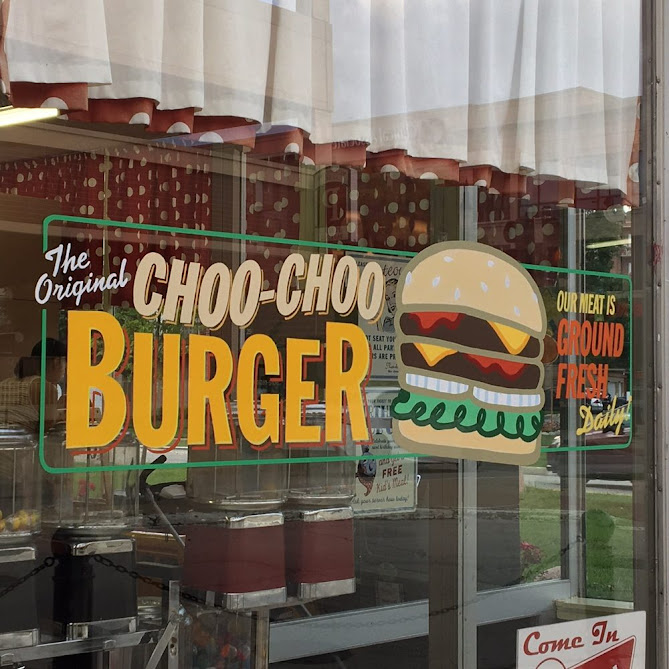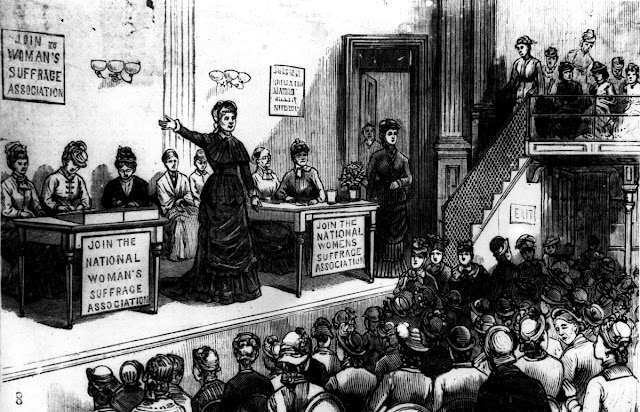As Ballowe once said, "Trains go fast, and that's how we wanted our customers to be served." The diner quickly became a source of popularity among adults and children alike. The idea for the Choo-Choo restaurant style was conceived while Roy served as a soldier in the Philippines. The rations served were less than ideal, and Ballowe dreamed of the kinds of food he'd like to have. After a fellow soldier complained about the "gravy train," the idea began to take shape in Roy Ballowe's mind. "Gravy train," thought the young Private. "Why not serve hamburgers on a model train? Kids love both of 'em." The Choo-Choo Limited Restaurant was featured on the Camel Caravan TV program. It was closed in 1956.
Roy Ballowe opened A second Choo-Choo in April of 1951 at 1114 Central Ave in Wilmette.
James Ballowe, Roy's brother, an Attorney by trade, opened the new Choo-Choo Diner at 600 Lee Street (at Miner Street) in Des Plaines opened in May of 1951, then followed by a Choo-Choo at 3352 West Foster Avenue in Chicago.
In 1956, a new, larger, freestanding building was built and is still in business.
 \
\ |
| In 1956, the restaurant was popular enough that a new, larger, freestanding building was built, the Choo-Choo we all know today. This photo from 2008 is the owner's attempt to save the restaurant from a Condo developer who wanted the property. The Choo Choo won! |
Roy Ballowe later recalled that while Ray Kroc was preparing to open his first McDonald's, he stopped at the Choo-Choo in the Masonic Temple building in Wilmette to check out the other hamburger place in town. Kroc thought the Choo-Choo was a novel operation. Kroc assured him that he didn't think his hamburger restaurant would be competition since he didn't have seats or a train. After Kroc left, Ballowe remarked to his employees that McDonald's was a fly-by-night operation with no chance of survival and would never move as many burgers as the Choo-Choo. Many of Kroc's employees defected to the Choo-Choo because it could pay in cash instead of stock (several employees who stayed with McDonald's became very wealthy as a result). Ballowe never saw Kroc again. While cars took the place of trains, and McDonald's took the place of diners, the Choo-Choo has endured as home to the kid in all of us.
 |
| The new neon sign was identical to its 1950s appearance, except that the dash in Choo-Choo disappeared. |


The interior of the choo-choo is virtually identical to its 1956 appearance, with Formica surfaces, stainless steel equipment, terrazzo floors, wood paneling, and Naugahyde stools (though they were once light green); even the bathrooms and air conditioner are original.




And according to Marilyn, Ray Kroc didn't think his restaurant would surpass the business the Ballowes were getting. He even paid the Ballowes a visit and reassured them that his restaurant would be no competition. He told them, "I don't have a place for people to sit down."

In 1974, the Ballowes sold the business to George and Sue Doris, who ran the restaurant with the Mandas family as a partner. A few years later, George and Sure Doris bought and ran the Choo-Choo Diner entirely on their own until 2000, when Sue Doris died.
The Choo Choo serving train in action.
The current operator, Jean Paxton, has done a great job with the restaurant. The place is busier than ever, the food is delicious, and it's consistently sparkling clean. Equally importantly, she has shown a lot of respect for keeping it authentic, the same place we all remember going to as children.
The Choo-Choo Diner is still going strong today.
Compiled by Dr. Neil Gale, Ph.D.






